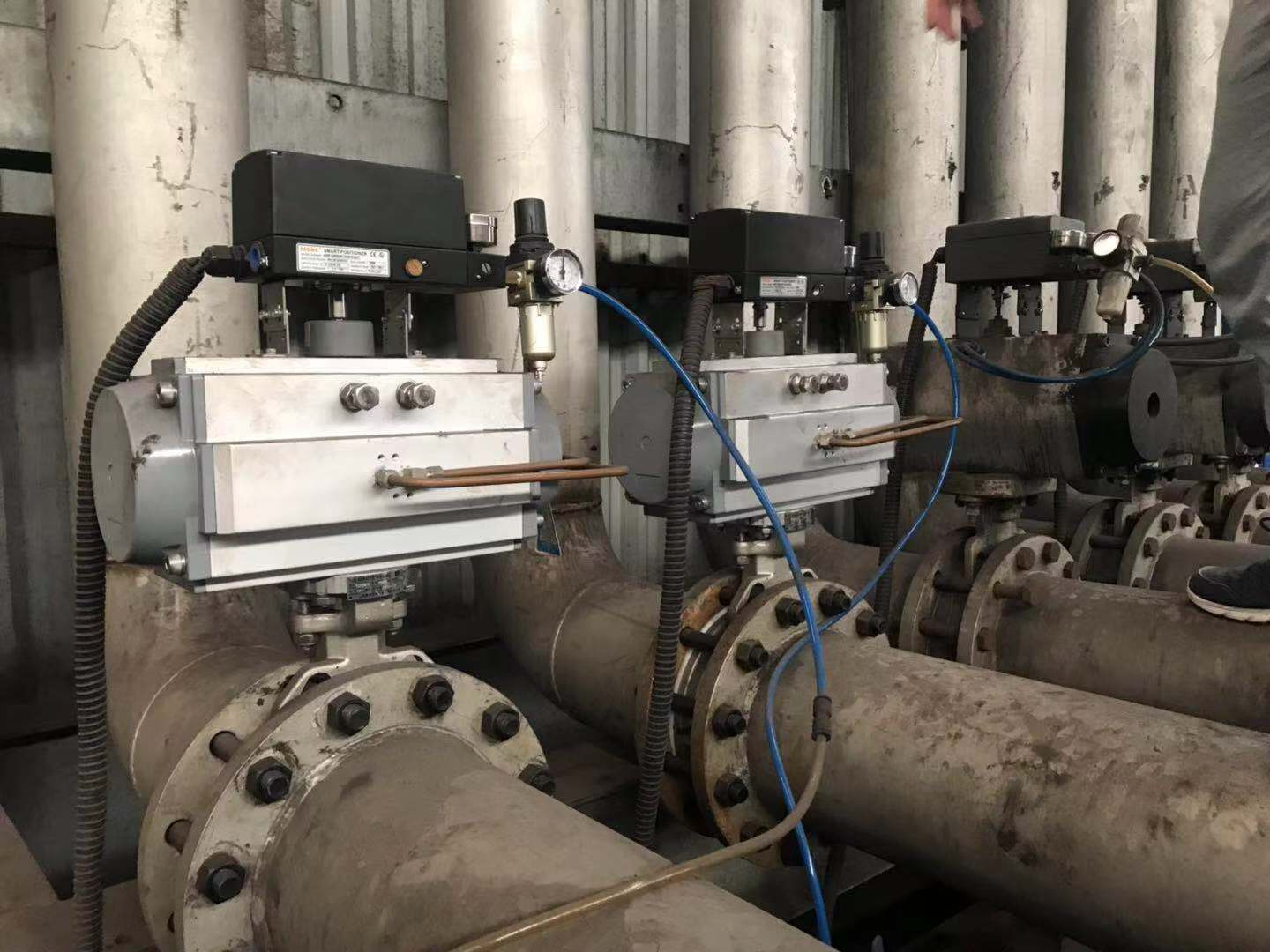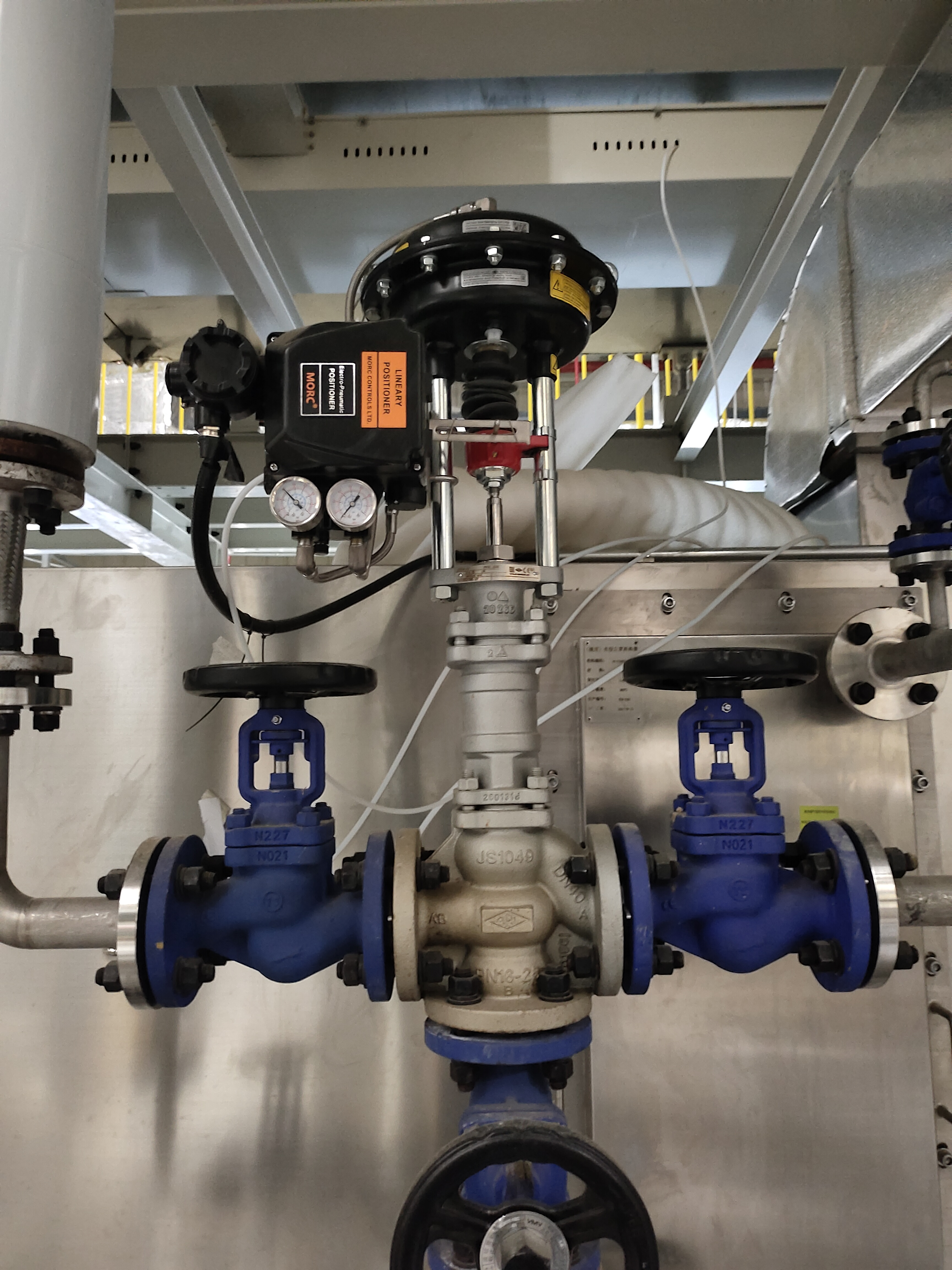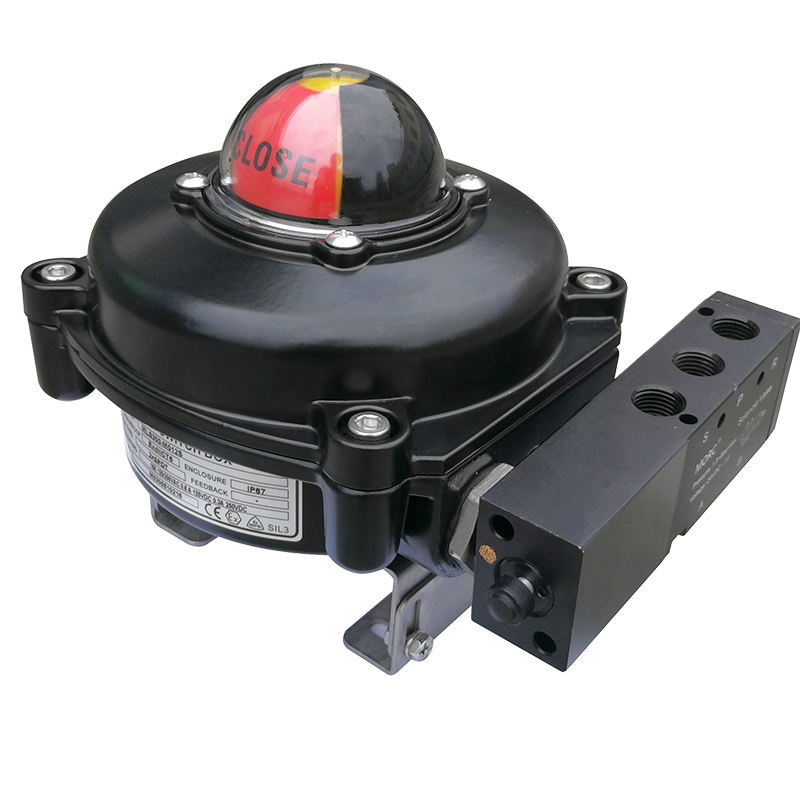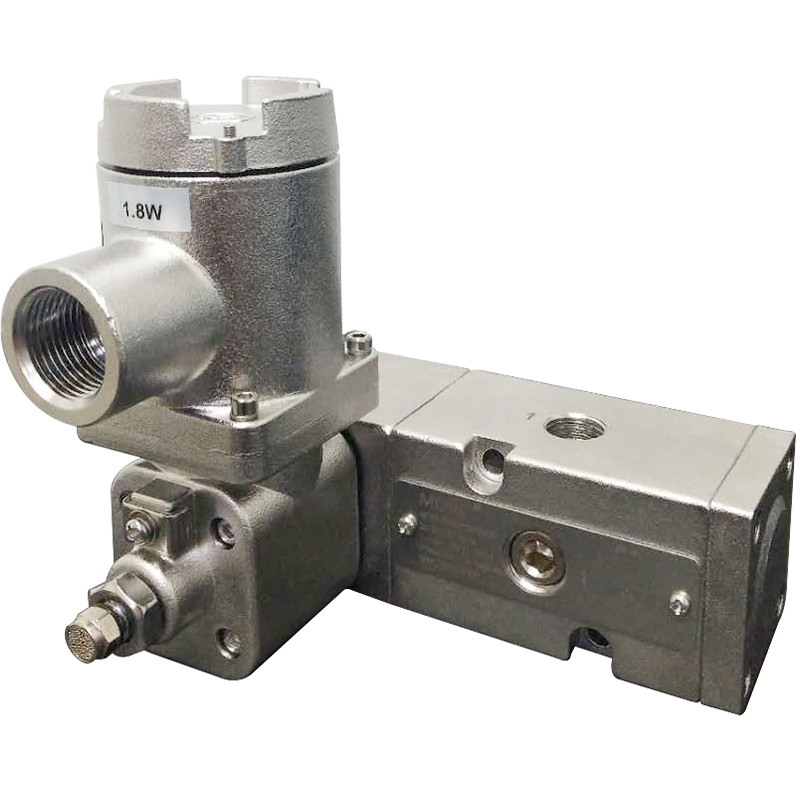MORC MC50 Series Intrinsically Safe Solenoid 1/4″
Characteristics
■ Pilot-operated type;
■ Convertible from 3-way( 3/2) to 5-way(5/2). For 3-way, normally closed type is default option.
■ Adopt Namur mounting standard, directly mounted to actuator, or by tubing.
■ Sliding spool valve with good seal and fast response.
■ Low starting pressure, long lifespan.
■ Manual override.
■ Body material aluminum or SS316L.
Technical Parameters
|
Model No. |
MC50-XXA |
|
Voltage |
24VDC |
|
Acting type |
Single coil |
|
Power Consumption |
≤1.0W |
|
Working medium |
Clean air(after 40μm filtration) |
|
Air pressure |
0.15~0.8MPa |
|
Port connection |
G1/4NPT1/4 |
|
Power connection |
NPT1/2,M20*1.5,G1/2 |
|
Ambient Temp |
-20~70℃ |
|
Explosion Temp |
-20~60℃ |
|
Explosion-proof |
ExiaIICT6Gb |
|
Ingress protection |
IP66 |
|
Installation |
32*24 Namur or Tubing |
|
Section area/Cv |
25mm2/1.4 |
|
Body material |
Aluminum |
The principle of intrinsically safe explosion-proof technology
Intrinsically safe explosion-proof technology is actually a low-power design technology. For example, for hydrogen (IIC) environment, the circuit power must be limited to about 1.3W. It can be seen that intrinsically safe technology can be well applied to industrial automation instruments. In view of the fact that electric spark and thermal effect are the main detonation sources of explosive dangerous gas explosion, intrinsically safe technology realizes explosion protection by limiting the two possible detonation sources of electric spark and thermal effect.
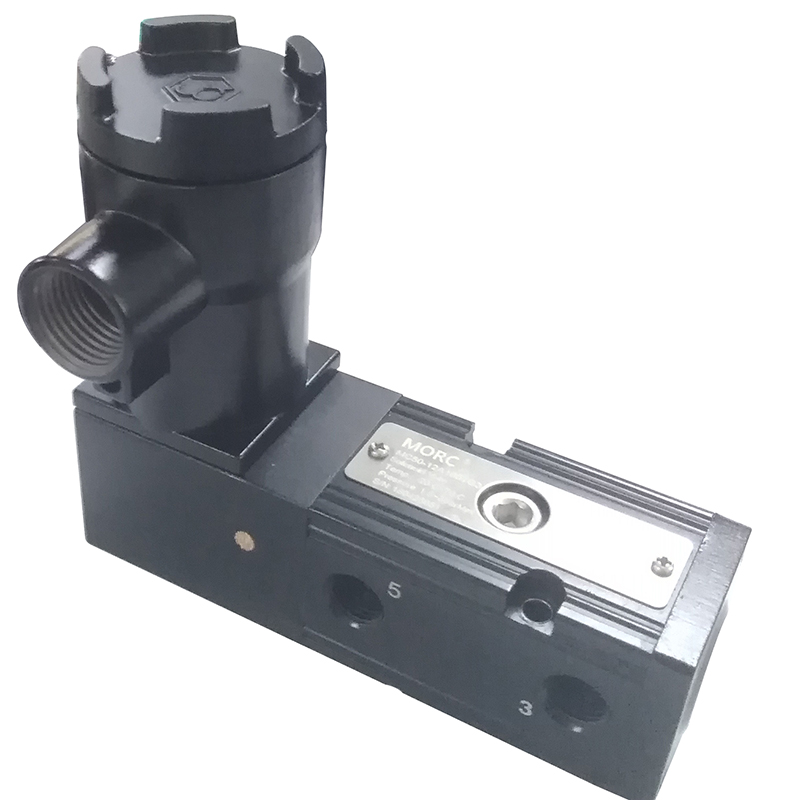
Under normal working and fault conditions, when the energy of the electric spark or thermal effect generated by the instrument is less than a certain level, it is impossible for the low-altitude meter to ignite the explosive dangerous gas and cause an explosion. It is actually a low power design technique. The principle is to start with the limitation of energy, and reliably limit the voltage and current in the circuit within an allowable range, so as to ensure that the electric spark and thermal effect generated by the instrument will not Causes an explosion of hazardous gases that may be present in its surroundings. Usually for the hydrogen environment, which is the most dangerous and explosive environment, the power must be limited to less than 1.3W. The International Electrotechnical Commission (IEC) stipulates that only Ex ia level intrinsically safe explosion-proof technology can be used in zone 0, the most dangerous hazardous location. Therefore, intrinsically safe explosion-proof technology is the safest, most reliable, and most widely applicable explosion-proof technology. Intrinsically safe instrumentation equipment can be divided into Ex ia and Ex ib according to the degree of safety and the place of use. The explosion protection level of Ex ia is higher than that of Ex ib.
Ex ia level intrinsically safe instruments will not explode in circuit components under normal working conditions and when there are two faults in the circuit. In type ia circuits, the operating current is limited to less than 100mA, which is suitable for zone 0, zone 1 and zone 2.
Ex ib level intrinsically safe instrument is under normal working condition and when there is a fault in the circuit, the circuit components will not ignite and explode. In type ib circuits, the operating current is limited to less than 150mA, which is suitable for zone 1 and zone 2.
Why choose us?
Intrinsically safe solenoid valves have grown in popularity in recent years because of their ability to provide control of hazardous substances in a safe and effective manner. These valves are designed to prevent any fire or explosion in hazardous environments, making them a popular choice in industries such as oil and gas, chemical processing and mining.
Intrinsically safe solenoid valves are designed for use in environments where there is a high risk of explosion or fire due to the presence of gases or other flammable materials. The special construction of these valves prevents sparks that could ignite any surrounding flammable gases.
Intrinsically safe solenoid valves are used in a wide range of applications. They are often used in the automation of hazardous applications such as the control of gases, vapors and other fluids. Their unique design ensures they are reliable under extreme operating conditions, regardless of temperature, pressure or corrosive environments.
These valves are critical in hazardous environments such as oil and gas refineries, chemical plants and mining sites where flammable gases are a significant risk factor. Intrinsically safe solenoid valves provide a safe and efficient solution for the control of these hazardous substances, making them a popular choice for industrial automation applications.
In summary, intrinsically safe solenoid valves are designed to prevent the ignition of hazardous substances in environments with a high risk of explosion or fire. These valves are essential in industries such as oil and gas, chemical processing and mining, where the control of combustible gases is critical to the safety of workers and equipment. Intrinsically Safe Solenoid Valves are a reliable and efficient solution for the containment of hazardous substances, ensuring the safety of operators in potentially hazardous environments.
